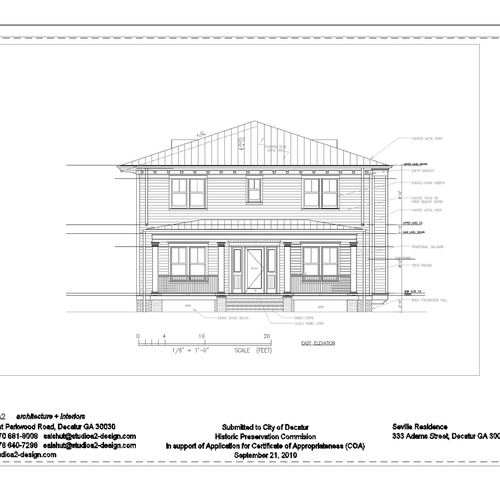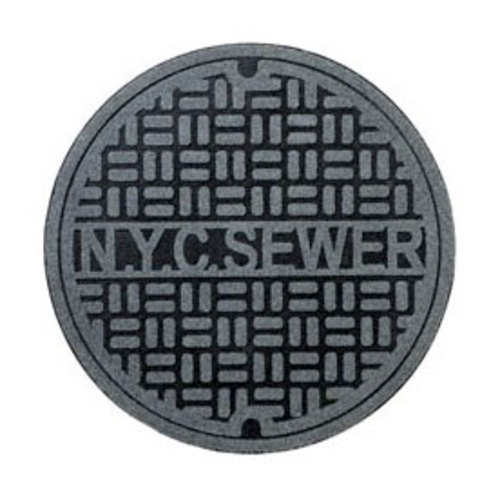
OK, in “Green From the Start, Part I” we talked about what to avoid when designing a green house. Let’s take a more positive approach and consider what we should do. Let’s start with a basic principle—design what you need and no more.
During the (now mostly over) real-estate boom of the past decades, it seemed like a good idea to build more and bigger. Home prices were always going up and someone would always come around and buy that behemoth for more than you paid for it. For most of us, those days are long gone. We have to live with what we buy or build, and actually consider paying down the mortgage over many years instead of selling or refinancing regularly (and I am guilty of some of that behavior myself).
So, let’s think about how much space we really need. I would suggest that somewhere between 500 sq. ft. to 800 sq. ft. per person makes sense. That is much more than most other cultures are accustomed to, and if well designed, provides plenty of space to live comfortably. Take advantage of using roof volumes for living space by building 1½-story homes instead of 2 full stories with a huge unfinished attic. Don’t build a basement if you don’t need it. And if you think you need a full basement to store all your stuff, you probably have too much of it anyway.
Design for the site: limit excavation by working with natural contours, orienting for proper solar gain and shading, and limiting removal of and damage to the existing landscape. Design for mechanical systems: group plumbing together to shorten hot water runs, saving energy and water. Leave enough space for HVAC ducts, and keep them inside the building envelope to make them more efficient. Design for your climate. If you get a lot of rain, build with larger overhangs to keep water off the building. Hot climates need reflective roofs. Almost every climate can use outdoor living space—include screens where bugs are a problem. Don’t build large decks in hot climates where they won’t be used much.
Look at the indigenous architecture of your region and take the good stuff. Older houses were built the way they were for a reason—it made sense in that climate. Keep it simple, stupid. I built a house last year that, while very attractive, had over 35 different planes on the roof. This verges on insanity. It is quite possible to have a beautiful design with simple forms, based on 2-ft. building modules, which save materials and reduce labor costs.
Green-building program guidelines and checklists are a great resource for ideas on how to make your project green from the start. They have home size guidelines and long lists of specific items that help you create more efficient homes. Incorporating the appropriate details from the beginning of the design process will keep you headed in the right direction and direct you away from doing too many stupid things. Now, if we can only get our clients to listen to us.
Weekly Newsletter
Get building science and energy efficiency advice, plus special offers, in your inbox.















0 Comments
Log in or create an account to post a comment.
Sign up Log in